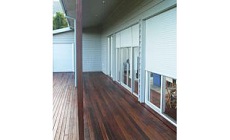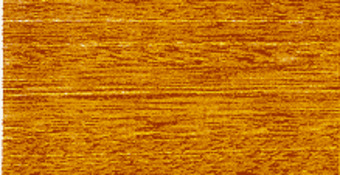
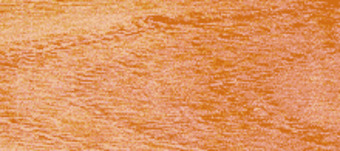
About
We Are a family run Business that aim to help people in the purchase of Building products . With over 40 years expereince in the building supply industry we aim to do our best in helping people find the right product or at least point them in the right direction to companys that can help.
Brochures and links
Lauan, Meranti, Seraya, Pacific Maple, Philippine Mahogany
Botanical name: Shorea spp.( light hardwoods)
Pacific Maple is the common trading name for a number of S.E.Asian hardwoods marketed in Australia. Sometimes just called Maple, the individual species names are also used when identified. The species are;Lauan,Meranti and Seraya.
Species identification seems more determined by the area of supply than any botanical difference with the timber being called Meranti when coming from Malaysia, Seraya from Indonesia and Lauan from the Philippines.
This grouping of what could be called light to medium hardwoods grow in a wide range of terrains from just above sea level to moderately high mountainous areas and are fairly large trees reaching average heights between 50 to 60 metres.
Meranti is by far the dominant species in this Shorea timber grouping but all have similar properties.
The timber of these species are usually divided into two groups ie Light Red and Dark Red, and is more based on wood density than on heartwood colour.
Light Red of the species are the more common , with the timber relatively easy to work. Heartwood is pale pink to mid red-brown, while the Sapwood is usually yellow, pink or grey and easily distinguished. Texture is course but even. Grain interlocked which may give a stripped or ribbon affect to the radial surface.
Dark Red, as the name implies is usually darker, being medium red to deep redbrown with the Sapwood not as easily identified, but it is the much higher density and uniformity of colour that sets it aside.
Philippine Mahogany is the other major trading name used for the Shorea species when sourced from the Philippines and normally applies to the Lauan grouping, again using the differentiation of Light Red, Dark Red and White with similar Timber Properties applying; however they tend to be at the higher end of the average density ratings.
The sapwood of all the Shorea spp. are lyctid borer susceptible and should be correctly treated during the manufacturing process. It is an offence in New South Wales and Queensland to have available for sale any finishing timber which is not suitably treated and therefore rendering the timber safe from attack.
All the timber, with one exception, works well particularly with hand tools however some adjustment to machine knives and saw blades may be necessary due to the variation in density and grain patterns when processing large or mixed volumes because of the slight differences in the individual species. The one exception is White Meranti, Shorea bracteolata, which contains an appreciable amount of silica. The silica does vary depending on the area of supply but usually causes major problems when sawing by quickly dulling the cutting edges and special knife blades would be needed when planning to obtain a satisfactory surface finish.
Most of the timber species finish well, although some exhibit a furry or woolly finish because of the interlocked grain which will usually be overcome with sanding. The wood glues well and takes nails and screws, although some localised tearing of the grain can occur when being cross cut and predrilling is recommended near the ends to avoid splitting.
The Shorea spp are used for most internal applications particularly for domestic finishing timber such as skirtings, architraves, door jambs, wall panelling and general joinery. The higher density material, usually the Dark Red, has long been prized for staircase building, entrance doors and furniture and sometimes for window frames and sashes although this latter practice is now not recommended because of the low durability rating.
With a full range of sizes and many profiles widely available, the Meranti/ Pacific Maple/ Philippine Mahogany grouping of species are the most recognised and used finishing timbers throughout Australia.
Timber Properties
Density(average)
Light Red 500kg/m3 dry
Dark Red 680kg/m3 dry
DurabilityClass 4
Strength Group
Light Red SD7 dry
Dark RedSD6 dry
Hardness Ratings(average)
Light Red 2.6kN dry
Dark Red 3.5kN dry
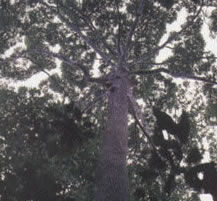
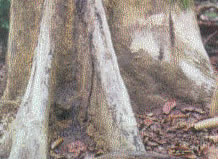
Gallery






